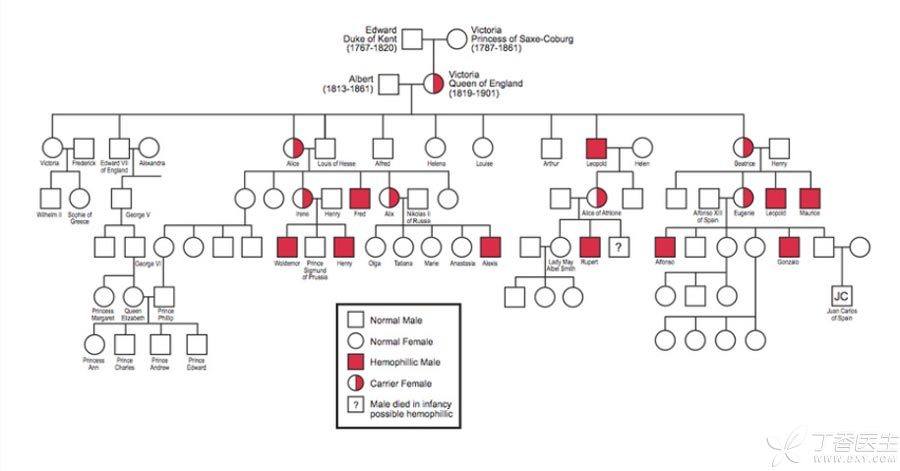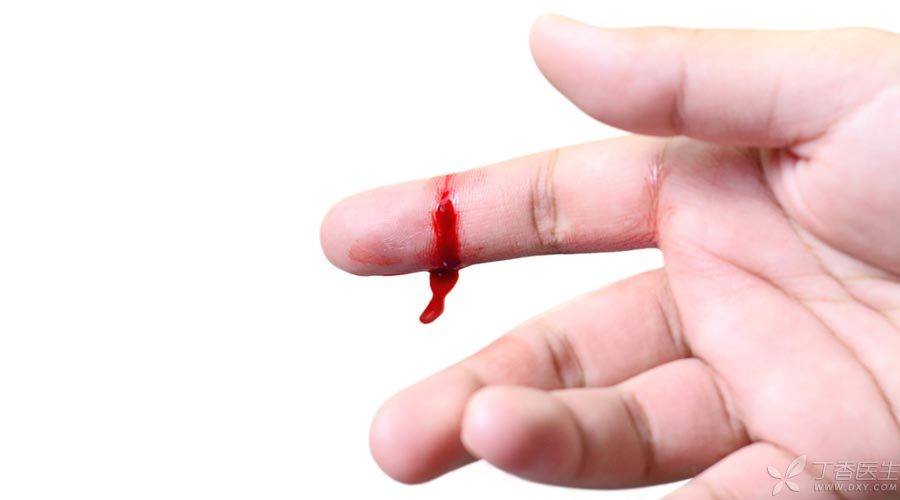
Every year, April 17 is Hemophilia Day.
This is the birthday of Frank Schnapo, founder of the World Hemophilia Federation. In order to commemorate his contribution to hemophilia, and to arouse the public’s correct understanding of hemophilia and know more about hemophilia groups, people have specially designated this day as Hemophilia Day.
Hemophilia is a what disease?
Hemophilia is a congenital and heritable disease.
Clinical manifestations are bleeding, especially after trauma, surgery and bumping, bleeding is not easy to stop. Also often manifested as no inducement, spontaneous bleeding, such as gingival bleeding, joint redness and swelling, etc. Weight-bearing knee joint, ankle joint and other places because of frequent repeated bleeding, easy to produce deformity.
After examination, it will be found that the platelet count of these patients is normal, but due to gene variation, the patients lack coagulation factors, resulting in no rapid hemostasis.
Can hemophiliacs have children?
Yes.
However, prenatal consultation and genetic testing are required before giving birth to a baby. Doctors will try their best to help couples [have good prenatal and postnatal care] and give birth to healthy babies.
Before specific analysis, we might as well talk about the history of hemophilia.
When it comes to hemophilia, we have to say Queen Victoria of England.
From Victoria’s official reign until World War I in 1914, Britain was in a powerful [sunset empire] period, also known as the Victorian era. However, it was also because of her that European royalty became a gathering area of hemophilia.
European royal families have always had the custom of intermarriage. In 1840, Queen Victoria married her cousin Albert, And gave birth to nine children. But because Victoria herself is a hemophilia gene carrier, She passed on the gene to several of her children-Prince Leopold, the youngest son, was a hemophilia patient. Later, it was also confirmed that two other princesses also became carriers of the hemophilia gene. The marriage of these members with other European royal families led to the spread of hemophilia among European royal families.

The semi-red circle in the second column is Queen Victoria)
Because hemophilia was first discovered in European royals and widely spread in European royals, hemophilia is also called royal disease.
With the development of modern medicine, people realize that hemophilia is a genetic disease. Therefore, prenatal consultation and gene testing are very important for hemophilia or couples carrying related genes.
(1) Male patients and healthy women
The son will definitely not suffer from the disease. 100% of the daughters are hemophilia gene carriers-that is, they only carry hemophilia gene but do not suffer from the disease.
(2) Male patients and women carrying hemophilia gene
The probability of sons and daughters getting sick or not is 50%. And the daughter must be a hemophilia gene carrier.
(3) Healthy male and female patients
The son must be ill, the daughter must not be ill, but it must be the carrier of hemophilia gene.
(4) Healthy Men and Women Carrying Hemophilia Gene
The probability of son suffering from hemophilia is 50%. The daughter will definitely not suffer from the disease, but there is a 50% chance that she is a hemophilia gene carrier.
(5) Male patients and female patients
The next generation will definitely suffer from hemophilia.
Can hemophilia be cured?
At present, there is no cure for hemophilia. Once suffering from hemophilia, one often needs lifelong medication.
Hemophilia can be diagnosed through the examination of coagulation function, the determination of coagulation factor activity, the detection of hemophilia-related genes and the combination of family history.
After diagnosis, the measures taken are usually:
(1) Substitution therapy
That is, what is short of what.
Since hemophilia is bleeding caused by abnormal coagulation factors, the most important treatment measures at present are to supplement abnormal coagulation factors, such as direct infusion of coagulation factors recombinant by artificial genes or infusion of fresh frozen plasma containing coagulation factors, cryoprecipitate, etc.
(2) Drug therapy
For epidermal abrasion, cutting injury or epistaxis, thrombin, gelatin sponge, epinephrine and other local compression can be used to stop bleeding. When necessary, desmopressin, danazole, hormone and the like can be applied.
It should be emphasized that hemophilia patients are prohibited from taking aspirin, non-steroidal anti-inflammatory drugs and drugs that interfere with platelet aggregation, such as dimidamol.
(3) Surgical treatment
It is mainly used to treat joint deformity and dysfunction caused by long-term repeated joint hemorrhage.
(4) Prevention
Since there is no radical cure for hemophilia, attention should be paid to prevention, such as prevention of bumps and trauma, and avoidance of strenuous exercise.

Should hemophilia patients pay attention to what in daily life?
(1) Hemophilia patients must pay attention to prevent bumps and trauma in their life, and avoid invasive examination and operation as much as possible;
(2) If joint hemorrhage, swelling and pain occur, apply ice bag cold compress to avoid hot compress;
(3) If you want to give birth, you must carry out prenatal consultation and genetic testing.
